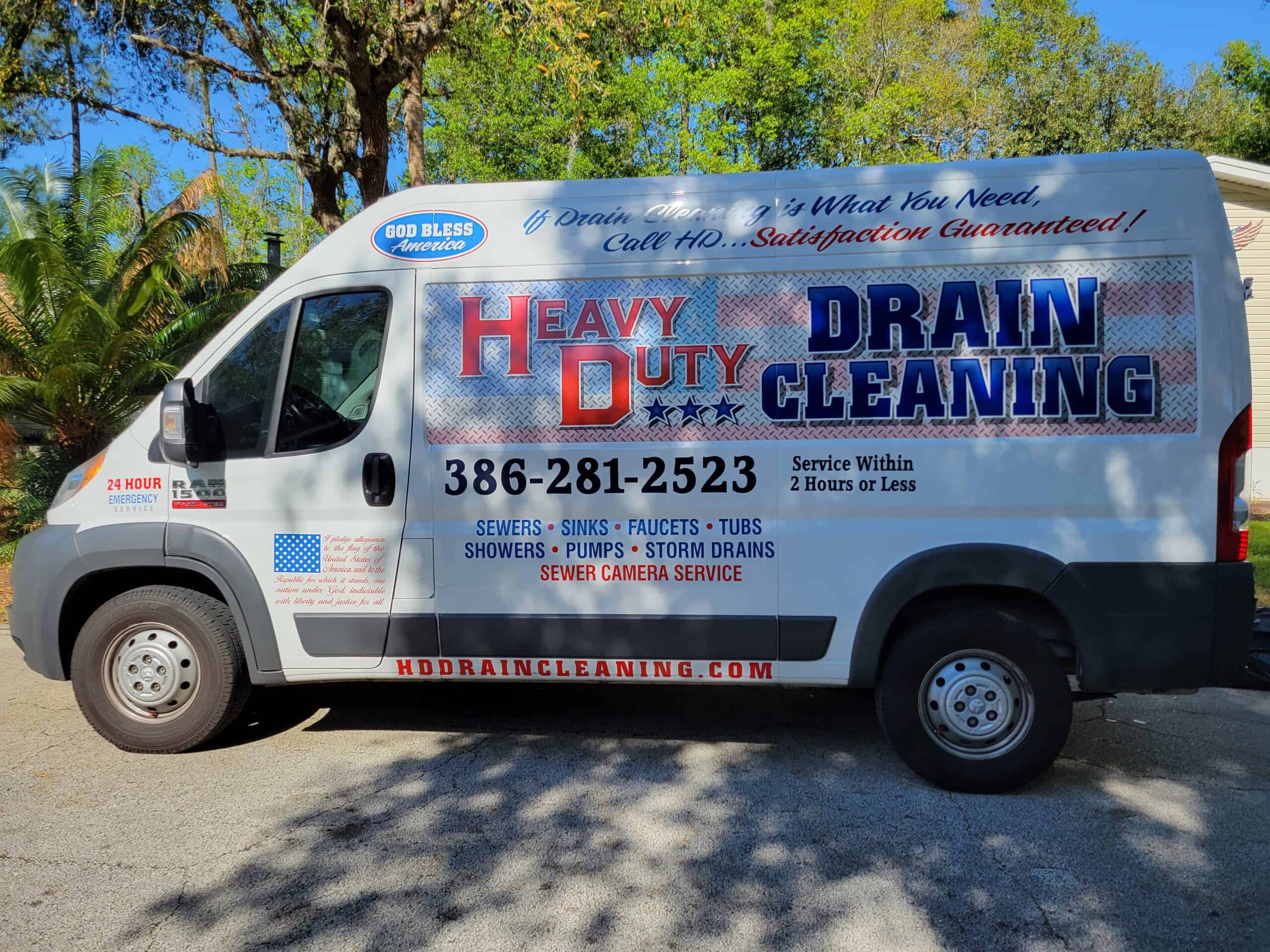Introduction
A hissing toilet can be a nuisance, creating an annoying sound that doesn’t seem to go away. But more importantly, this noise is often a signal of an underlying plumbing issue that, if left unaddressed, may lead to wasted water or costly repairs. Whether it’s caused by a simple misalignment or a more complex mechanism fault, a hissing toilet requires attention. In this post, we’ll break down the common reasons behind a hissing toilet, share DIY solutions, provide prevention tips, and help you understand when it’s time to call a professional.
1. Why Is My Toilet Hissing? Common Causes Explained
Understanding why your toilet makes a hissing noise can save you time, water, and money. Here are some of the most frequent causes:
- Water Pressure Issues: High or inconsistent water pressure can create a hissing sound in your toilet as it continuously tries to stabilize the flow.
- Faulty Fill Valve: The fill valve controls the water level in your toilet tank. If it doesn’t close completely, it can lead to a hissing sound as water leaks through.
- Worn or Misaligned Flapper: A damaged or worn flapper allows water to leak slowly from the tank to the bowl, causing the fill valve to activate frequently.
- Ballcock Malfunction: Older toilets may have a ballcock assembly that controls the fill valve. Over time, this mechanism can become misaligned or worn, leading to a hissing noise.
- Sediment Build-Up: Hard water deposits can cause sediment to accumulate around the fill valve, restricting water flow and creating hissing sounds.
Each of these issues can create distinct symptoms, so a little troubleshooting can go a long way in diagnosing the exact cause.
2. DIY Solutions for Fixing a Hissing Toilet
Many hissing toilet issues are easy to fix with basic tools and a little guidance. Here are some steps you can take:
- Adjust the Fill Valve:
- If your toilet is hissing due to water flow inconsistencies, start by adjusting the fill valve.
- Turn off the water supply, then turn the fill valve adjustment screw to the left to reduce water flow. This often stops the hissing sound if water pressure was the culprit.
- Replace the Flapper:
- A worn or misaligned flapper can cause continuous water flow. This is one of the simplest and most effective repairs to fix a hissing toilet.
- Turn off the water supply, flush the toilet to empty the tank, and then swap the old flapper with a new one. Flappers are inexpensive and available at most hardware stores.
- Clean Out Sediment Build-Up:
- If you notice white or brownish deposits around the fill valve, mineral build-up could be the issue.
- You can clean this by turning off the water, removing the valve cover, and gently scrubbing the area with a soft brush to remove sediment. Be sure to rinse well before reassembling.
- Check the Ballcock Mechanism:
- If your toilet has a ballcock assembly, ensure that it’s aligned correctly and free of any wear.
- Sometimes, simply tightening the screws or adjusting the arm is all it takes to fix the issue. For an older toilet, consider upgrading to a more modern fill valve system, which can reduce noise and improve efficiency.
Tip: Always turn off the water supply to the toilet before making any repairs. You can usually find the shut-off valve on the wall behind the toilet.
3. When to Call a Professional
In some cases, a persistent hissing sound may require professional assistance, especially if:
- The Noise Doesn’t Stop: If you’ve tried all of the above solutions and the hissing continues, there may be a deeper issue that requires a professional’s expertise.
- Signs of Water Damage Appear: Continuous leaking can lead to water pooling around the base of the toilet or even seeping into nearby walls or floors.
- You’re Dealing with a Complex Mechanism: High-efficiency toilets or specialized models may need professional handling due to their unique mechanisms. Don’t hesitate to call a plumber if you’re unsure about any step.
Plumbing professionals have the tools and knowledge to accurately diagnose and resolve issues, ensuring that your toilet runs smoothly and efficiently.
4. Preventing Toilet Hissing: Maintenance Tips
Prevention is often the best solution to avoid a noisy or malfunctioning toilet. Here are some tips to keep your toilet in top shape:
- Inspect Regularly: Make it a habit to check your toilet’s mechanisms every few months for any signs of wear or leaks.
- Flush the Tank Annually: Mineral build-up can accumulate over time, especially in areas with hard water. Once a year, turn off the water, flush the tank, and clean it with a vinegar solution to keep parts working efficiently.
- Upgrade Older Parts: Older fill valves and ballcock assemblies are more prone to issues and can often be upgraded to modern, quiet models that save water and reduce noise.
- Keep the Water Pressure Balanced: High water pressure can wear out toilet parts prematurely. Consider installing a water pressure regulator in your home if you frequently experience plumbing issues related to pressure.
By following these simple maintenance tips, you can prevent hissing noises and other plumbing issues from arising in the first place.
Final Thoughts
A hissing toilet may seem like a small inconvenience, but it’s often a sign of a larger issue that can waste water and increase your utility bill. By understanding the common causes and applying these DIY fixes, you can keep your toilet running quietly and efficiently. Remember, regular maintenance is key, and knowing when to call a professional can save you from future headaches.

